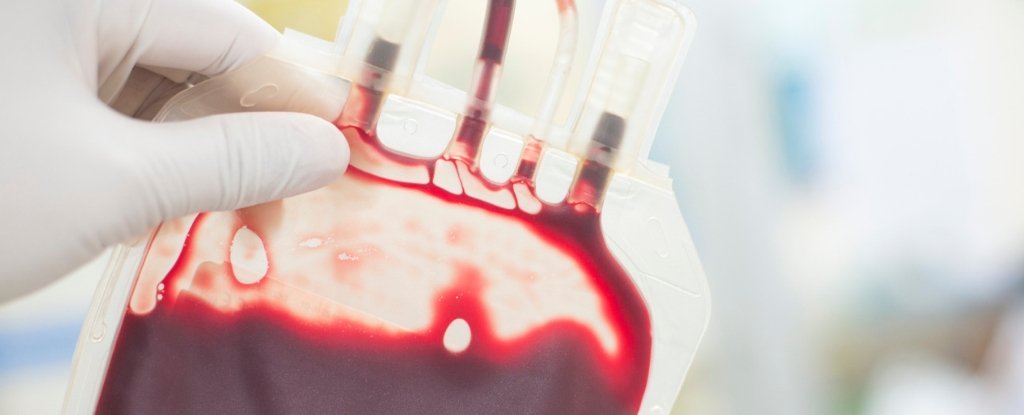The global supply of blood for use in life-saving transfusions is insufficient to keep up with global demand, leaving most countries exposed to critical shortages, new research reveals.
一项新研究表明,全球用于救命输血的血液供应不足以满足全球需求,致使大多数国家面临严重的供血短缺。
The first detailed analysis on the global supply and demand of blood has found 119 out of 195 countries do not have enough in their banks to meet hospital needs.
对全球血液供应和需求进行的首次详细分析发现,在195个国家中,有119个国家的血库没有足够的血液能满足医院的需求。
Those nations, which include every country in central, eastern, and western sub-Saharan Africa, Oceania (not including Australasia), and south Asia, are missing roughly 102,359,632 units of blood, according to World Health Organisation (WHO) goals.
按照世界卫生组织的目标,漠南非洲中部、东部和西部、大洋洲(不包括澳大拉西亚)和南亚的所有国家大约缺少102,359,632单位的血液。
Blood transfusions are a pillar of modern medicine that save millions of lives every year. But in low- and middle-income countries, many hospital patients do not have access to a timely and safe supply.
输血是现代医学的支柱,每年拯救着数百万人的生命。但在低收入和中等收入的国家,许多医院患者无法及时获得安全的血液供应。

Around the world, over 100 million units of blood are donated annually, and yet 42 percent of that is collected in high-income countries, which include less than 16 percent of the world's population.
每年世界各地捐献的血液逾1亿单位,但其中42%是在高收入国家募集的,而高收入国家的人口不到世界人口的16%。
In Africa, 38 countries collect fewer than WHO's goal of 10 donations per 1,000 people, and often test kits for blood-borne diseases are lacking.
在非洲,38个国家募集到的血液捐赠少于世界卫生组织制定的每1000人收集10份血液捐赠的目标,而且这些国家往往缺少血液传播疾病的检测工具。
"Other studies have focused on blood safety, such as the risk of transmitting infections such as HIV," says hematologist Christina Fitzmaurice from the University of Washington, "but ours is the first to identify where the most critical shortages lie, and therefore where the most work needs to be done by governments to increase donation, scale-up transfusion services, and develop alternatives."
“其他研究专注于血液安全,如感染艾滋病等传染性疾病的风险,”华盛顿大学血液学家克里斯蒂娜·菲茨莫里斯说道,“但我们的研究首次找出了严重短缺的所在,确定了最需要政府完成的工作,来增加血液捐赠,扩大输血服务,并开发替代品。”













